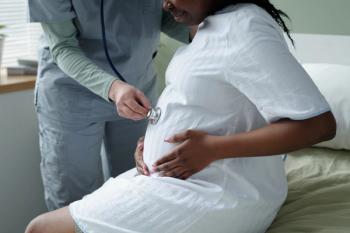
Pain and Mobility Are Major Problems for Patients with Hemophilia
Majority of hemophilia patients show problems with mobility, daily activities, and pain.
New research further supports the understanding that patients with hemophilia suffer from pain and mobility issues, and it went on to uncover which joints are most greatly affected by the condition.
Christine Kempton, MD, MSc, from Emory University in Georgia, and colleagues used multiple strategies to find how big of an impact hemophilia has on pain and quality of life. Kempton presented the new research at the 57th American Society of Hematology Annual Meeting (ASH 2015) in Orlando, Florida.
The team evaluated 381 men with congenital hemophilia A or B with or without inhibitors with any severity. The patients had to be at least 18-years-old and the average age was 34.
They underwent 5 patient-reported outcome (PRO) measures, as well as a hemophilia joint health score evaluation. Data was collected during routine clinical visits:
- EQ-5D-SL with visual analog scale (VAS)
- Modified Brief Pain Inventory v2 Short Form (BPI)
- International Physical Activity Questionnaire (IPAQ)
- SF-36v2 (functional health and well-being)
- Haemophilia Activites List (HAL)
The VAS results revealed that 61.4% of patients had problems with mobility, usual activities, and pain/discomfort. On a scale of zero to 100 (the higher the number, the more pain), the average score was 80.
Less than a quarter of the population reported problems with self-care, such as getting dressed.
“Ankles were most frequently reported as the joints with the most pain,” Kempton explained the BPI score outcomes during the presentation.
Further insight revealed that participants’ relationships were the least affected from pain and sleep was reported as being the second least affected.
The IPAQ questions looked into how much exercise the men with hemophilia were getting. Physical activity was defined as walking for at least 10 minutes or moderate exercise.
About half of them (173 patients) said that they had no physical activity in the prior week. The average was 530 MET-minutes per week.
Furthermore, SF-36v2 sub-scores were low for physical activity. Also, participants reported greater impact of hemophilia on lower extremities when compared to the upper.
The HAL reports showed that legs were most affected and complex activities were the most difficult.
“In conclusion, pain was frequently observed,” Kempton said, “and it affected physical function and quality of life across PROs hemophilia joint health score.”
This is further confirmation that pain is prevalent in those with hemophilia and may be an area to pay extra attention to in future studies.
Newsletter
Stay informed on drug updates, treatment guidelines, and pharmacy practice trends—subscribe to Pharmacy Times for weekly clinical insights.




















































































































































































































